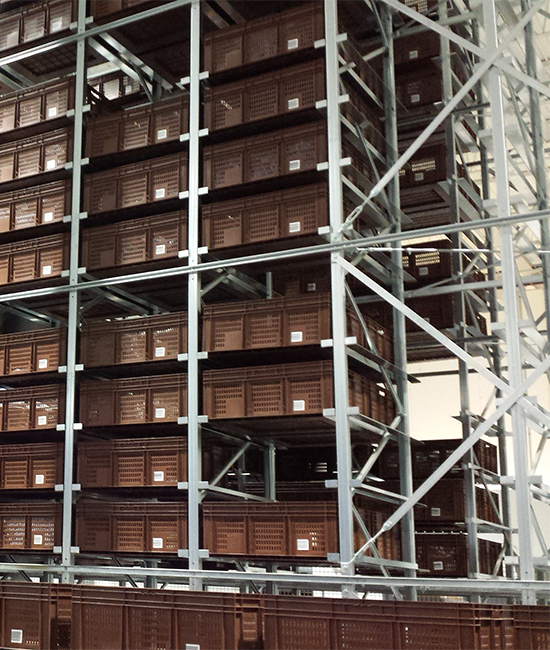Monitoring on-hand inventory and eliminating overstock are critical components of material handling. Poorly designed processes that hold product too long add significant costs in real estate, spoilage, taxes, and insurance, and also risk damaging goods and can create systemic bottlenecks.
Well designed storage systems and solutions keep product organized, enable it to be processed quickly, allow for real-time tracking, and increase safety. By optimizing the use of cubic space with the densest possible storage solutions, and integrating automated systems to increase efficiency and transparency, companies can reduce waste and increase efficiency, productivity, and throughput.
At PeakLogix, we’re a brand agnostic material handling systems integrator that specializes in innovative, bespoke automated solutions. By partnering with us, you can increase the consistency and efficiency of your distribution processes, from inbound receiving to outbound shipments and everything in between. We deliver customized solutions tailored to our partner’s needs that address issues ranging from ergonomics and employee safety to fully automated warehousing solutions.


